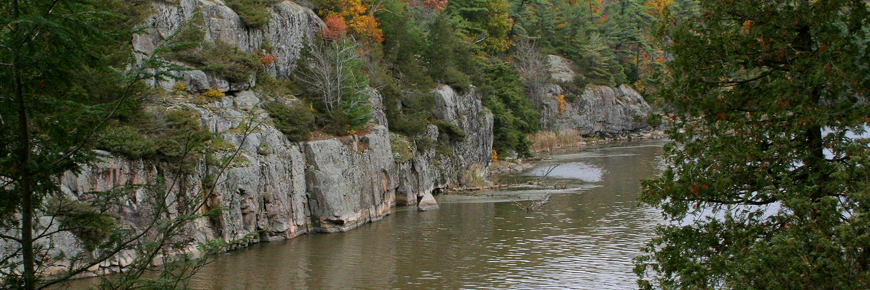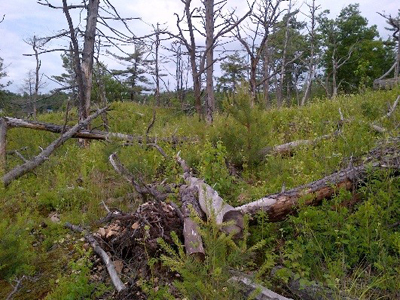
Fire is part of the landscape
Thousand Islands National Park
For thousands of years, fire has been an integral part of Canada’s landscape. Here in Thousand Islands National Park, it has played a significant and important role in shaping types of vegetation and wildlife species of the park.

Over time, periodic fires create a vegetation mosaic of different ages and types. This provides a rich variety of habitats that supports many species of insects, mammals and birds. This is biodiversity — it indicates a thriving ecosystem that is likely to persist in the future. So fire not only renews and recycles, but rearranges vegetation in a continual cycle of change.
Since the retreat of the glaciers over 10,000 years ago, both lightning and humans ignited the landscape. Across North America, Indigenous peoples set fires to herd game, create grazing areas and keep travel routes open. In many areas they influenced vegetation patterns.
Europeans brought different attitudes about fire and land-use. At first they used fire to clear land. Later, they regarded fire as a danger to permanent settlement and controlled it. As wilderness was tamed, so was wildfire.
- Date modified :